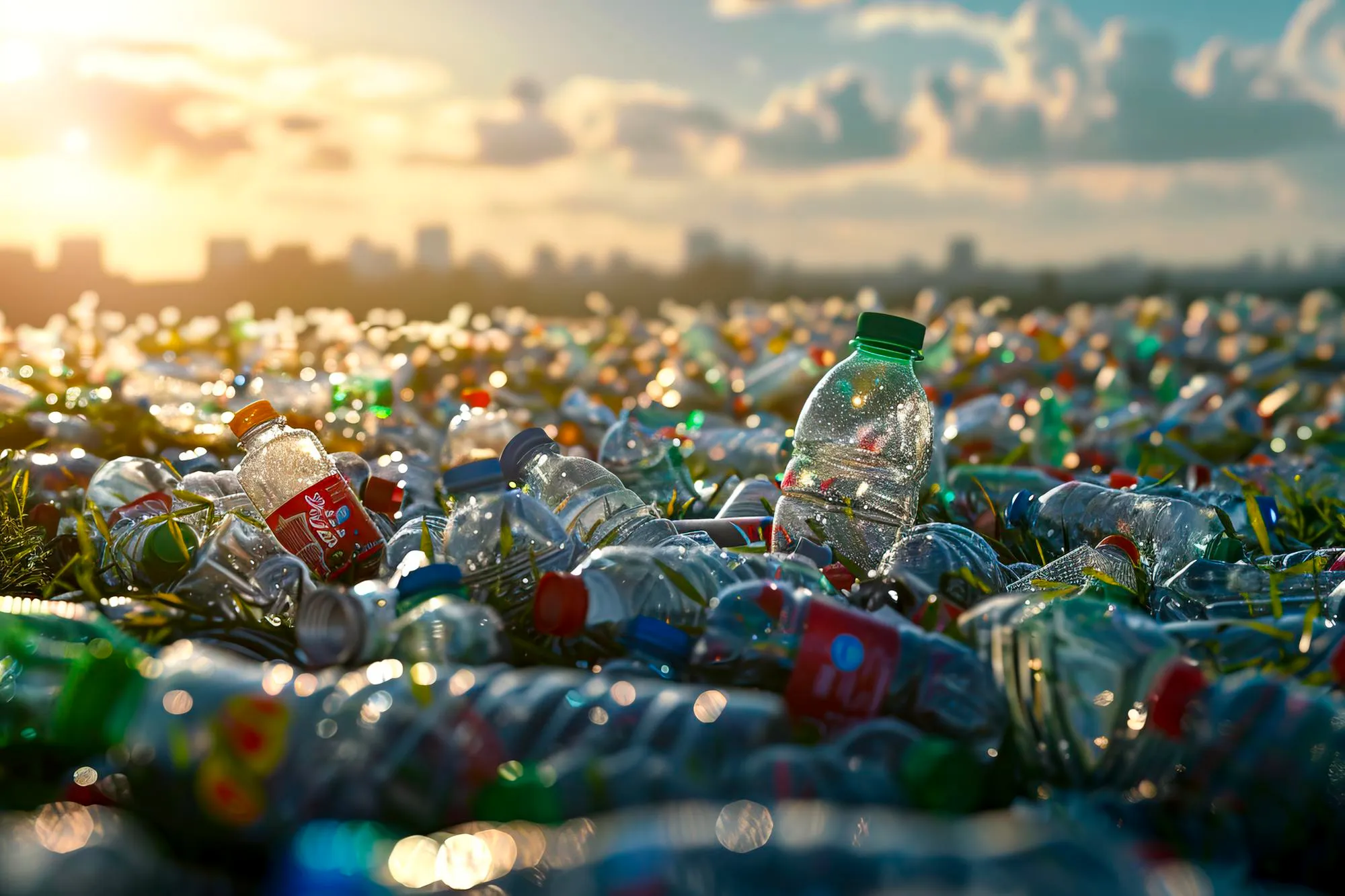In a groundbreaking study published on January 19, 2024, in the journal “The Science of the Total Environment,” researchers have brought to light the concerning levels of microplastic accumulation in various human tissues. This study, led by researchers from the State Key Laboratory of Environmental Criteria and Risk Assessment, Chinese Research Academy of Environmental Sciences, and other collaborating institutions, underscores the potential health risks associated with microplastic exposure, an issue that is increasingly gaining attention due to the ubiquity of these particles in our environment.
Microplastics, small plastic fragments typically measuring less than 5 millimeters in size, have become a topic of significant environmental concern. They are found everywhere, from the deepest oceans to the most remote mountain tops, and as this study suggests, even inside the human body.
The innovative research employed laser direct infrared spectroscopy to detect microplastics larger than 20 micrometers in size. A startling revelation from the study is that microplastics ranging from 20 to 100 micrometers were concentrated in all types of tissues analyzed, which included lung, small intestine, large intestine, and tonsil tissues.
Among the findings, lung tissue exhibited the highest average abundance of microplastic particles, at 14.19 ± 14.57 particles per gram of tissue. This was followed by microplastics in the small intestine, large intestine, and tonsils, with concentrations of 9.45 ± 13.13, 7.91 ± 7.00, and 6.03 ± 7.37 particles per gram, respectively. The study also revealed a significant gender disparity, with female tissues displaying a higher abundance of microplastics than those of males (p < 0.05).
Polyvinyl chloride (PVC) was identified as the dominant polymer present in the tissues, raising alarms due to its high polymer hazard index and maximal risk level. PVC is commonly used in a variety of products including packaging, construction materials, and medical devices. This plastic is known for containing harmful additives such as phthalates, which can leach out and have been associated with various health issues.
The researchers emphasized the importance of understanding the health implications of microplastic exposure. While the study did not establish a direct causal link between microplastic accumulation and specific health outcomes, the presence of these particles in human tissues can be cause for concern, especially considering the chemical composition of plastics and the potential for associated toxic effects.
The study’s authors have offered a sobering glimpse into the internal exposure of humans to microplastics, but they also note the limitations in the data that hinder a full comprehension of the implications. They call for further research to assess the health risks posed by microplastics and to establish a clearer picture of the exposure pathways and accumulation mechanisms.
This research highlights the need for regulatory measures to mitigate microplastic pollution and the development of materials that may pose fewer risks to human health and the environment. It also underscores the relevance of individual lifestyle choices and the potential benefits of reducing plastic consumption and waste.
As microplastics continue to permeate the environment, the urgency for global action becomes more pronounced. This study stands as a testament to the silent but pervasive nature of plastic pollution and the indelible mark it leaves on our planet and on us.
DOI: 10.1016/j.scitotenv.2024.170004
References
1. Zhu, L., Kang, Y., Ma, M., Wu, Z., Zhang, L., Hu, R., Xu, Q., Zhu, J., Gu, X., & An, L. (2024). Tissue accumulation of microplastics and potential health risks in humans. The Science of the Total Environment, 170004. https://doi.org/10.1016/j.scitotenv.2024.170004
2. Andrady, A. L. (2011). Microplastics in the marine environment. Marine Pollution Bulletin, 62(8), 1596-1605. https://doi.org/10.1016/j.marpolbul.2011.05.030
3. Galloway, T. S. (2015). Micro- and Nano-plastics and Human Health. In Marine Anthropogenic Litter (pp. 343-366). Springer, Cham. https://doi.org/10.1007/978-3-319-16510-3_13
4. Prata, J. C. (2018). Microplastics in wastewater: State of the knowledge on sources, fate and solutions. Marine Pollution Bulletin, 129(1), 262-265. https://doi.org/10.1016/j.marpolbul.2018.02.046
5. Wright, S. L., & Kelly, F. J. (2017). Plastic and Human Health: A Micro Issue? Environmental Science & Technology, 51(12), 6634-6647. https://doi.org/10.1021/acs.est.7b00423
Keywords
1. Microplastics human health
2. Microplastic accumulation
3. Health risks of microplastics
4. PVC health effects
5. Infrared spectroscopy microplastics
